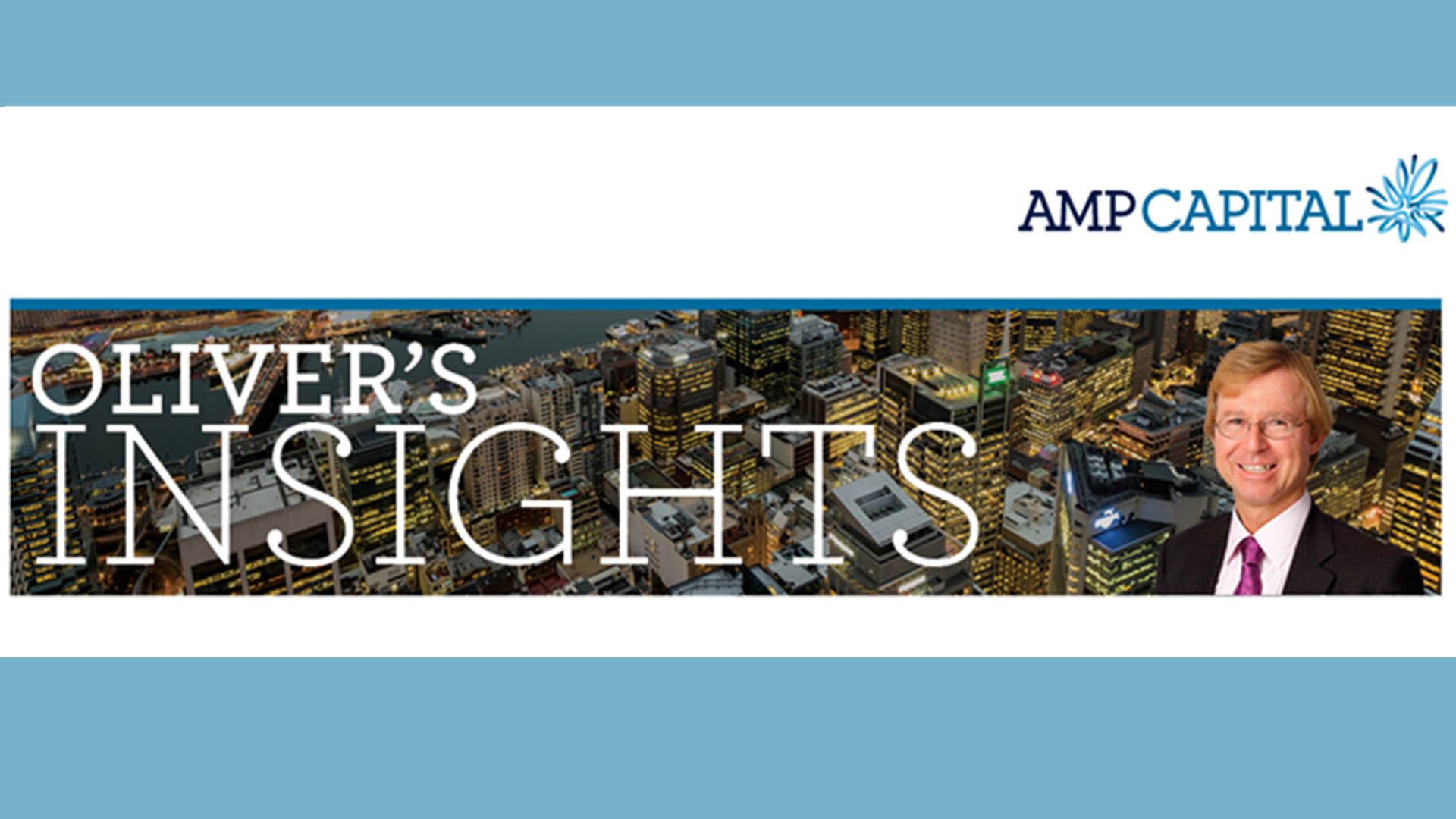No rate cut from the Reserve Bank as it sat on its hands at the May meeting yesterday, meaning there will be no change to rates in the current federal election campaign.
The news saw the Aussie dollar jump 0.7% back above 70 US cents around 70.40 US cents.
The decision to maintain its wait and see attitude (though with an implied bias to cut rates if the labour market weakens) went against forecasts from many economists and analysts.
Prior to the meeting rate cut forecasts came from quite a few groups – The ANZ Capital Economics, Nomura, Macquarie, TD Securities, Market Economics, RBC Capital Markets, JP Morgan, QIC, Citi, Morgans, ING and AMP Capital.
But there was nothing and even the statement was sort of like the previous month, but the important final paragraph contained some significant changes to the one at the end of the April statement.
“The Board judged that it was appropriate to hold the stance of policy unchanged at this meeting. In doing so, it recognised that there was still spare capacity in the economy and that a further improvement in the labour market was likely to be needed for inflation to be consistent with the target. Given this assessment, the Board will be paying close attention to developments in the labour market at its upcoming meetings,” the final paragraph of the statement from Governor, Phillip Lowe read yesterday.
That is very different to the final paragraph of the statement issued after the April 2 meeting:
“The low level of interest rates is continuing to support the Australian economy. Further progress in reducing unemployment and having inflation return to target is expected, although this progress is likely to be gradual. Taking account of the available information, the Board judged that it was appropriate to hold the stance of policy unchanged at this meeting. The Board will continue to monitor developments and set monetary policy to support sustainable growth in the economy and achieve the inflation target over time.”
The change means the bank has focused directly on the health of the still solid jobs market to determine the timing of a rate cut.
But there were further forecasts for a weakening of economic growth associated with a further dip in inflation and a slowing in the rate of fall of unemployment.
Yesterday’s statement revealed that economic growth has been revised down to 2.75% from 3% in February (and 3.25% last November). The forecast for underlying inflation this year has also been cut to 1.75% from 2% in the February forecasts and 2% in 2020 (down from 2.25%) “and a little higher after that” whatever that imprecision means.
But headline inflation will be around 2% this year because of higher petrol prices in the past two months. The RBA said in yesterday’s statement: “In headline terms, inflation is expected to be around 2 percent this year, boosted by the recent increase in petrol prices,” the RBA forecast.
Back in February the RBA said “Headline inflation is expected to decline in the near term because of lower petrol prices” which it did, dipping to an annual 1.3% from 1.5% in 2018.
“The inflation data for the March quarter were noticeably lower than expected and suggest subdued inflationary pressures across much of the economy,” Dr. Lowe said in the statement.
“The main domestic uncertainty continues to be the outlook for household consumption, which is being affected by a protracted period of low-income growth and declining housing prices,” said Dr Lowe “The demand for credit by investors in the housing market has slowed noticeably as the dynamics of the housing market have changed,” he said.
The RBA statement predicted unemployment will remain steady for the next year or so before declining to 4.75% in 2021. In the February statement, the forecast was more general – “A further decline in the unemployment rate to 4¾ percent is expected over the next couple of years,” The RBA said.
With the jobless rate around 5%, that means there will be only a slow fall in unemployment over the next two years. But if that looks like not happening, will the central bank cuts rates.
Bit conversely is that looks like being achievement far more quickly, the RBA won’t touch rates, even if retail sales slows, for example, as they did in the March quarter.








